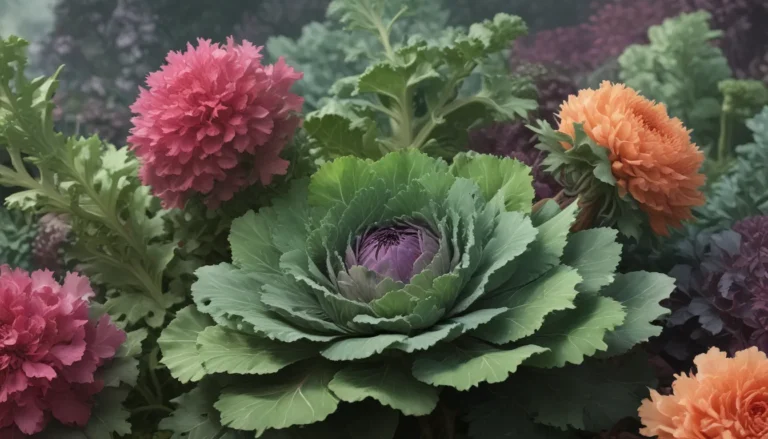Everything You Need to Know About Identifying and Controlling Mites on Your Succulents

Succulents are known for being low-maintenance plants that can thrive even with minimal attention. As long as you don’t overwater or underwater them, these unique, colorful plants can beautify your home or garden effortlessly.
Unfortunately, just like any other plant, succulents are not immune to pests. Among these pests, mites are a common nuisance that can wreak havoc on your beloved succulent collection. In this article, we will delve into the world of succulent mites, providing you with essential information on how to identify and control them effectively.
So, let’s get started with everything you need to know to protect your succulents from these unwanted visitors!
Understanding Succulent Mites
Before we dive into the specifics of different types of succulent mites, it’s essential to understand the basics. Mites are not classified as insects; instead, they are closely related to spiders. These tiny arachnids have mouthparts that penetrate the plant’s epidermis to extract cell contents, leading to dull-colored, speckled plants that may exhibit signs of bronzing or reduced growth.
When mite populations grow, you may notice fine webs covering the leaves, serving as a protective layer for eggs and young mites. While succulent mite infestations are not as common as other pests like scale insects or mealybugs, they can occur, especially during warmer seasons when these pests thrive in hot and dry conditions.
Common Succulent Mite Types
Here are three common succulent mite types you may encounter:
Two-Spotted Spider Mites
- These yellow-green mites with dark spots can turn a red-orange color outdoors.
- They have a broad host range and are prevalent in hot and dry conditions during the summer.
- Look out for shiny round eggs, light-colored juveniles, and characteristic mottled damage on succulents.
Carmine Spider Mites
- Bright reddish-purple in color, these mites cause yellowing and stippling on succulent foliage.
- Observation through a hand lens is necessary to spot these tiny creatures.
Eriophyid Mites
- These tiny mites have worm-like shapes and limited crawling abilities.
- Their damage includes galls, blisters, and leaf bronzing, with certain species causing unsightly galls on plants.
Identifying these mites early is crucial to prevent severe damage to your succulents.
Controlling Succulent Mites
Effective mite control strategies are key to maintaining the health and beauty of your succulents. Here are some methods to consider:
- Regular Monitoring: Check your plants frequently to catch mite infestations early when populations are manageable.
- Physical and Cultural Control: Prioritize healthy plant care practices to enhance plant resilience against pests. Avoid over-fertilization and maintain adequate plant spacing.
- Humidity Management: Misting your plants or using a strong stream of water can help control mite populations that thrive in hot and dry conditions.
- Biological Controls: Introduce predatory mites like Phytoseiulus persimilis or Amblyseius species to naturally combat mites in your succulents.
- Organic Sprays: Opt for insecticidal soaps, neem oil, or botanical insecticides like Bonide Mite-X for safe and effective mite control.
- Chemical Treatments: Use acaricides or specific pesticides for mites as a last resort, following product instructions carefully to avoid harm to beneficial insects and plants.
Remember to test any treatment on a small plant area before applying it broadly to ensure its safety and effectiveness. While controlling spider mites may be more straightforward, eriophyid mites pose unique challenges requiring targeted approaches.
Conclusion
Succulent mites may be small, but their impact on your plants can be significant. By staying vigilant, recognizing mite species, and employing effective control strategies, you can safeguard your succulents from these tiny but mighty foes.
Have you encountered succulent mites or other pests in your gardening journey? Share your experiences and insights in the comments below. In the meantime, continue exploring and caring for your succulents with our helpful guides:
- How to Grow and Care for Succulents
- Growing Succulents Outdoors in the Garden
- 11 Easy-Care Exotic Succulents to Grow at Home
Protect your succulents, and happy gardening!
*





